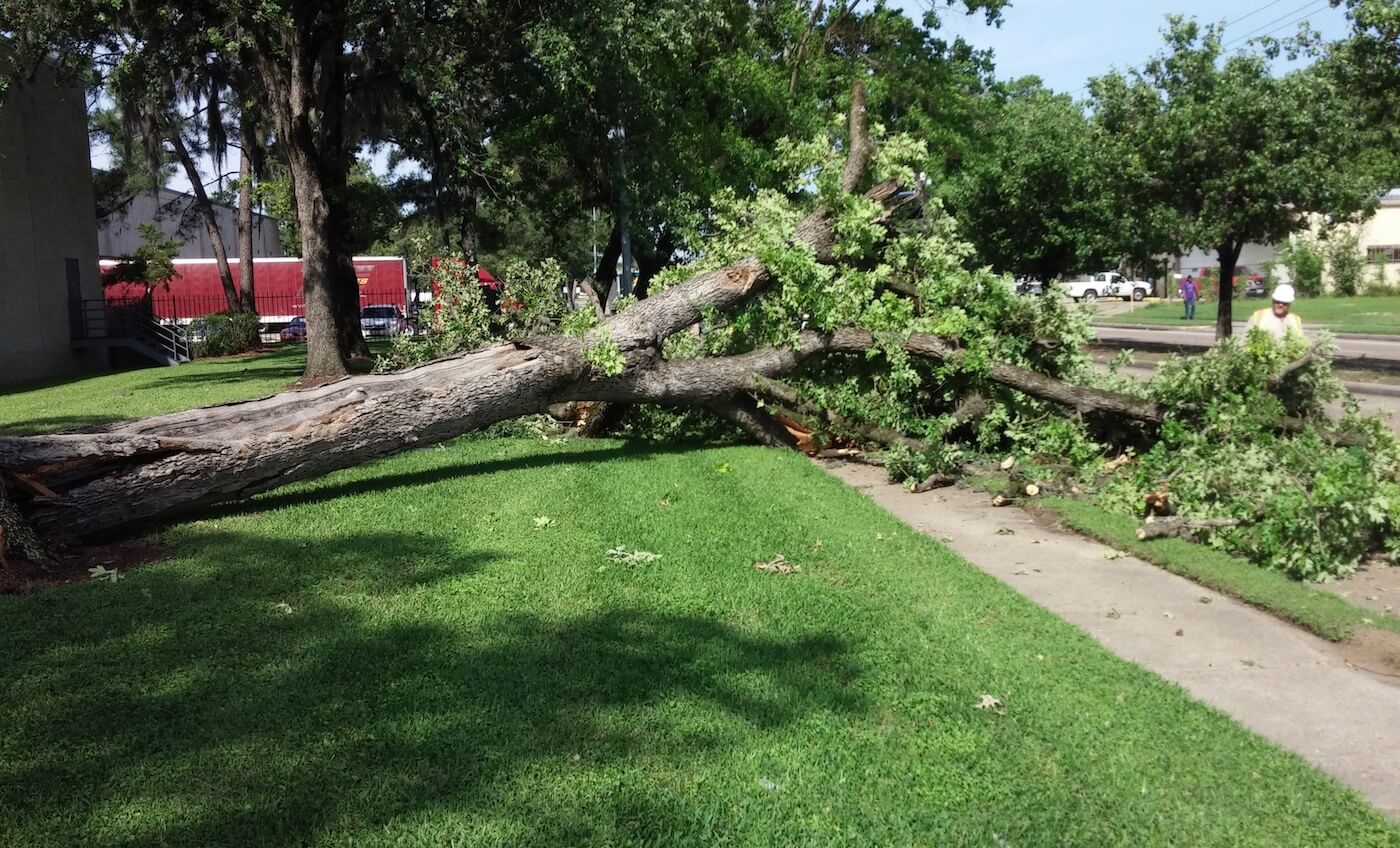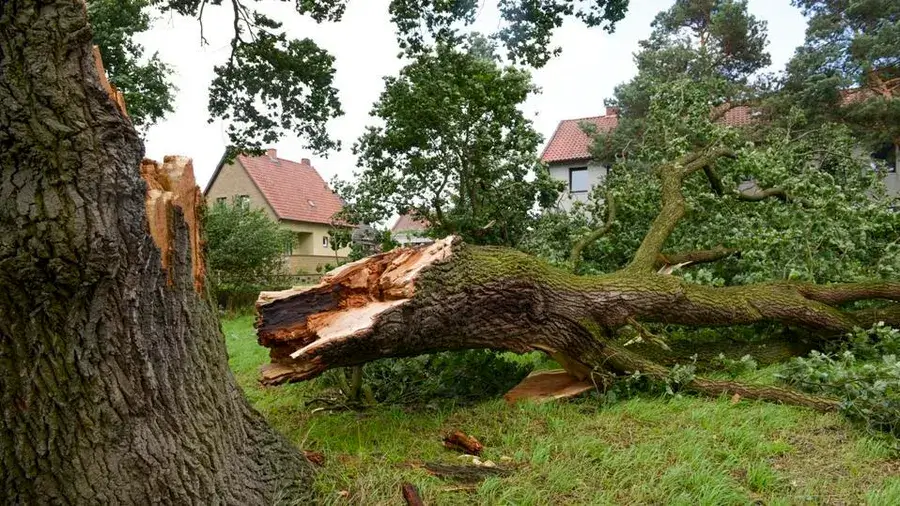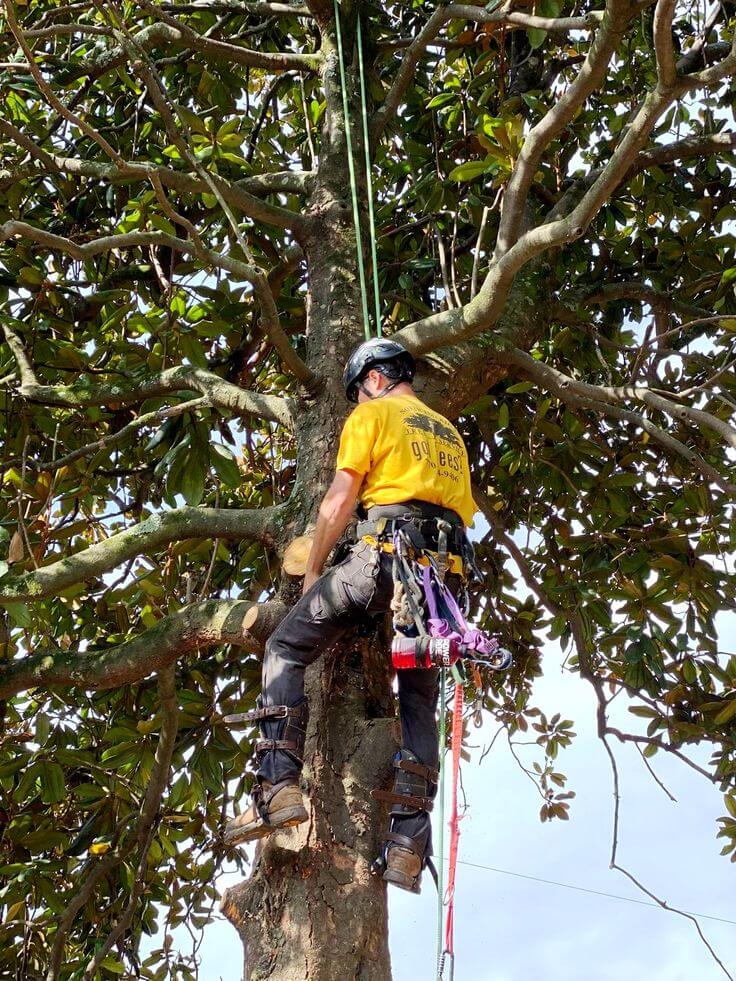Understanding Tree Removal Grants:
When you think about removing a tree, you might picture a chainsaw and a few hours of work. But the reality can be much more complex and costly, especially if the tree is large, close to structures, or in a difficult-to-reach area. For many homeowners and communities, the costs can be prohibitive. That’s where tree removal grants come into play. These grants can help cover the expenses of removing trees that are dangerous, dead, or otherwise problematic. But how do you find these grants, and are you eligible? Let’s dig into the details.
What Are Tree Removal Grants?
Tree removal grants are financial aids provided by various entities, including government agencies, non-profit organizations, and private foundations, to assist in covering the costs associated with tree removal. These grants are often available to help remove trees that pose safety risks, are dead or dying, or are contributing to environmental issues, such as invasive species.

Why Tree Removal Grants Are Important:
Tree removal is often necessary for safety, environmental, or aesthetic reasons. However, the process can be expensive, with costs running into thousands of dollars depending on the tree’s size and location. Grants make it possible for homeowners, municipalities, and non-profits to manage these costs without draining their finances.
Common Reasons for Needing Tree Removal:
Trees might need to be removed for several reasons. Dead or dying trees can be dangerous, especially during storms, as they are more likely to fall. Trees can also interfere with infrastructure, such as power lines, or contribute to the spread of invasive species that harm local ecosystems. In urban settings, trees might be removed to make way for development projects or to maintain community safety.
Federal Programs
The federal government offers several programs that provide funding for tree removal, especially in cases where public safety is at risk or where tree removal is part of a larger environmental or community development project. Programs like FEMA’s Hazard Mitigation Assistance can provide funding for tree removal as part of disaster recovery efforts.
State and Local Programs:
Many states and municipalities offer grants for tree removal, particularly in areas prone to natural disasters like hurricanes or wildfires, where dead trees can become a significant hazard. These grants may be administered through local environmental agencies or community development programs.
Environmental Organizations
Several non-profits focus on environmental conservation and may offer grants for tree removal, especially when it aligns with broader environmental goals. For example, organizations focused on controlling invasive species might fund the removal of non-native trees.
Community Assistance Programs:
Some community organizations and private foundations offer grants to homeowners or neighborhood associations for tree removal. These programs often focus on improving community safety or aesthetics and may require matching funds or community involvement.
Eligibility Criteria for Tree Removal Grants:
Who Can Apply?
Homeowners:
Many tree removal grants are aimed at homeowners, especially those who may not be able to afford the high costs associated with professional tree removal services. Eligibility often depends on income levels, location, and the condition of the tree in question.
Municipalities:
Cities and towns can also apply for tree removal grants, particularly when public safety is at risk. Grants for municipalities are often part of larger urban forestry or community development initiatives.
Non-Profit Organizations:
Non-profits, especially those focused on environmental conservation or community development, can also apply for grants to remove trees. These grants might be used in public spaces, community gardens, or other shared areas where tree removal benefits the broader community.
How to Apply for Tree Removal Grants

Step-by-Step Application Process:
Researching Available Grants:
The first step in applying for a tree removal grant is to research the available options. Look into federal, state, local, and non-profit programs that might offer assistance. Each grant will have specific criteria and application processes, so it’s important to find the ones that best match your situation.
Preparing Necessary Documentation:
Most grant applications will require documentation, including proof of property ownership, details about the tree(s) to be removed, and possibly an assessment from a certified arborvitae. Gather these documents early to avoid delays in the application process.
Completing the Application:
Once you’ve gathered all the necessary information, you can fill out the application. Be thorough and make sure to address all the requirements outlined in the grant guidelines. Missing or incomplete information can delay your application or result in denial.
Financial Considerations Beyond Grants :
Average Costs of Tree Removal:
Tree removal costs can vary widely depending on the size and location of the tree, as well as the complexity of the job. On average, homeowners can expect to pay between $300 and $2,000 per tree. Understanding these costs can help you plan your finances, whether or not you receive a grant.
Alternatives to Grants:
Low-Interest Loans:
If you’re unable to secure a grant, low-interest loans might be an option. Some banks and credit unions offer financing specifically for home improvements, including tree removal.
Community Fundraising:
For community projects, consider fundraising options. Crowdfunding platforms or local community drives can be effective ways to raise the necessary funds, especially if the project benefits the broader neighborhood.
Case Studies: Successful Tree Removal Grant Applications.
Real-Life Examples:
Looking at successful grant applications can provide valuable insights. For example, a community in Florida successfully applied for a state grant to remove trees damaged by hurricanes, which were posing a risk to public safety.

